Join us for an in-depth presentation by Professor Hesheng Chen from the Institute of High Energy Physics, Chinese Academy of Sciences, as he discusses the exciting developments of the Southern Advanced Photon Source (SAPS).

news, journals and articles from all over the world.

Join us for an in-depth presentation by Professor Hesheng Chen from the Institute of High Energy Physics, Chinese Academy of Sciences, as he discusses the exciting developments of the Southern Advanced Photon Source (SAPS).
New findings from a global team of expert scientists in academia and industry has generated world-first research quality standards that will help slash costs and reduce the time it takes to develop advanced nanomedicine treatments and make them available for patients.
Scientists at the Icahn School of Medicine at Mount Sinai have identified a new class of RNAs packed into tiny particles known as extracellular vesicles (EVs) that could revolutionize how cancer and other diseases are diagnosed. The team found that these molecules undergo changes when cancer is present, suggesting their potential as biomarkers for detecting prostate cancer or as targets for therapy.
The Norwegian Academy of Science and Letters announced the 2024 Kavli Prize Laureates, recognizing groundbreaking science for the discovery and characterization of extra-solar planets and their atmospheres; foundational research integrating synthetic nanoscale materials for biomedical use; and the localization of areas in the brain specialized for face recognition and processing.

Researchers at Sylvester Comprehensive Cancer Center have developed a nanoparticle that can penetrate the blood-brain barrier. Their goal is to kill primary breast cancer tumors and brain metastases in one treatment.
A Study by Politecnico di Milano and Istituto Mario Negri has been published in Advanced Materials.
The field of quantum dots and nanoparticles bridges chemistry and physics like never before with colloidal phenomena and ease of materials synthesis. Bawendi, Brus, and Ekimov enabled this seminal contribution to be widespread to many researchers and applications in nanomedicine…
UC San Diego engineers have developed an experimental vaccine that could prevent the spread of metastatic cancers to the lungs. Its success lies in targeting a protein known to play a central role in cancer growth and spread, rather than targeting the primary tumor itself.
Researchers at The University of Texas MD Anderson Cancer Center have discovered that certain nano-based cancer therapies may be less effective in younger patients, highlighting the need for further investigation into the impact of aging on the body’s ability to respond to treatment.
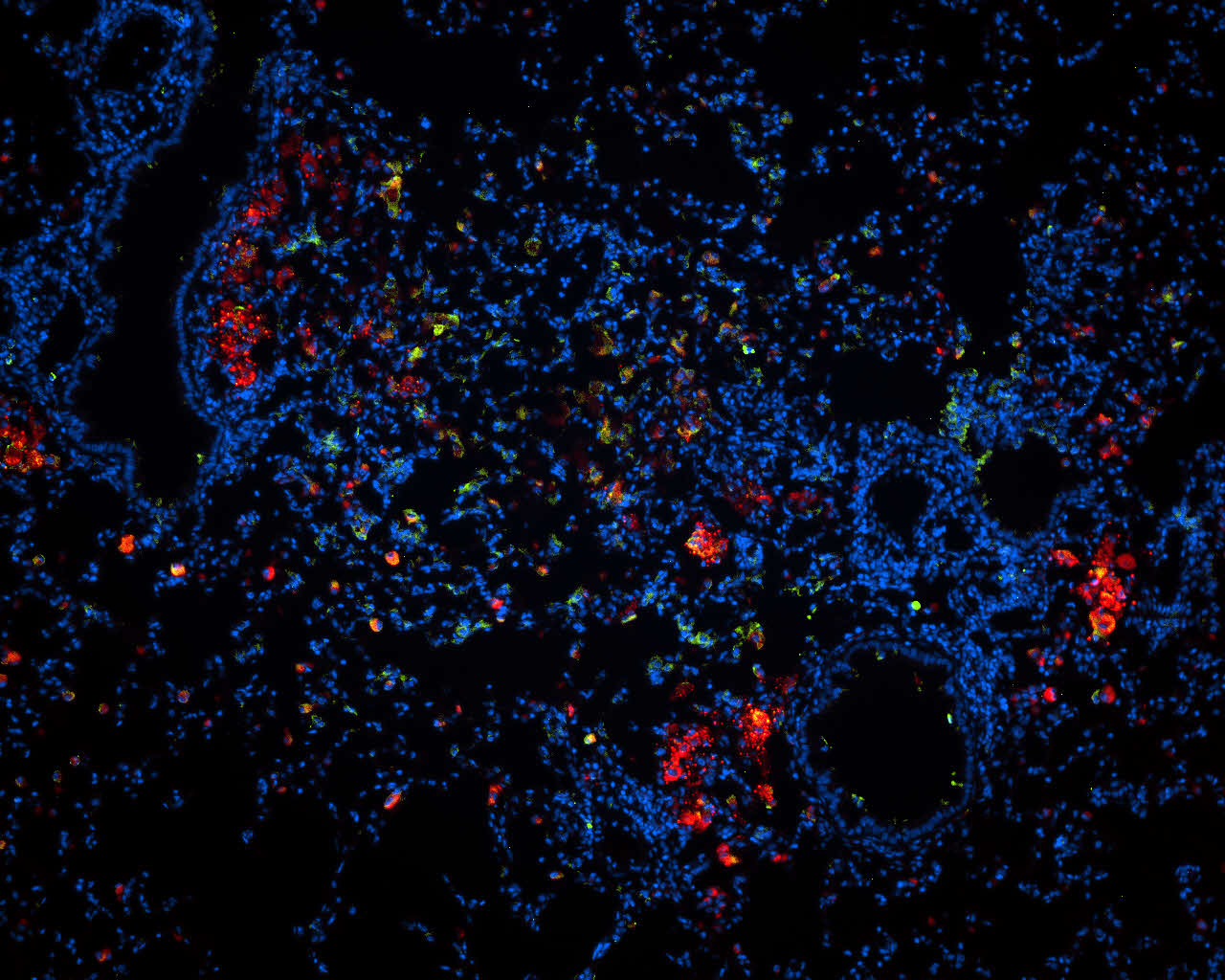
Therapy of the dangerous infectious disease of tuberculosis faces the challenge of pathogens frequently being resistant to several common antibiotics. Researchers of Karlsruhe Institute of Technology (KIT) have now developed nanoparticles to deliver new antibiotics directly to the lungs in future. Surfactants ensure that the highly fat-soluble antibiotics disperse very finely in water and can be inhaled. First tests at the Research Center Borstel, Leibniz Lung Center, reveal a high effectiveness and good compatibility of the nanocarriers of antibiotics. The researchers report in ACS Nano. (DOI: 10.1021/acsnano.3c01664)
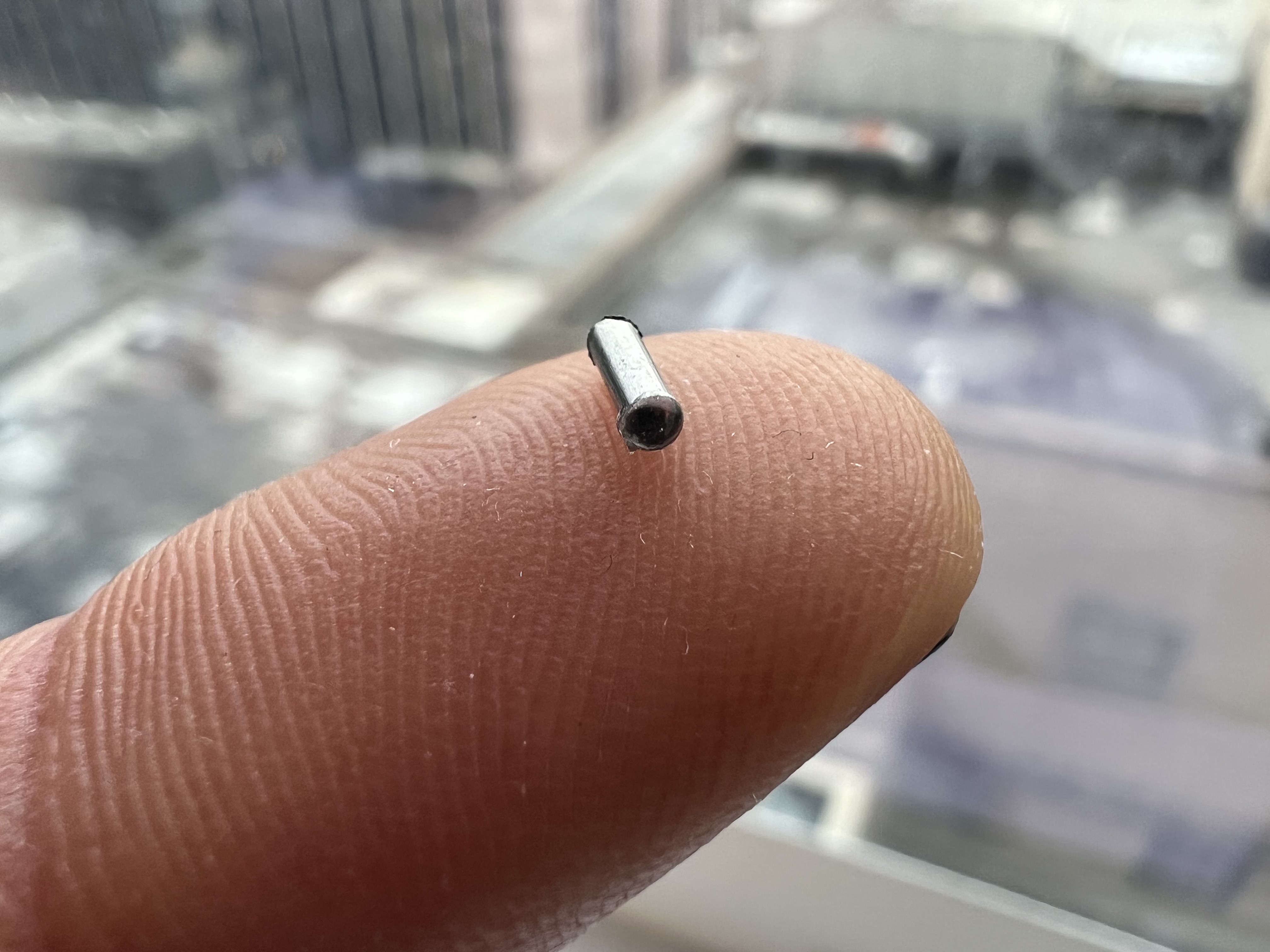
Houston Methodist nanomedicine researchers have found a way to tame pancreatic cancer – one of the most aggressive and difficult to treat cancers – by delivering immunotherapy directly into the tumor with a device that is smaller than a grain of rice.
Morteza Mahmoudi, an assistant professor in MSU’s Department of Radiology, explains why addressing disagreements with stronger standards will help ensure future nanomedicines are safe, effective and successful.
Phthalocyanines dyes can be produced with solid-state synthesis instead of high- boiling organic solvents.
Researchers have created an injectable therapy for spinal cord injuries that uses specially engineered molecules that trigger a healing response in spinal cells. These molecules come together to form tiny fibers in a liquid solution. Scientists can control the motion of these fibers, allowing the fibers to connect more effectively with cells in the spine. The research may lead to a cure for spinal injuries in humans.
Research from the University of Michigan Rogel Cancer Center could provide a new approach to treating an aggressive form of breast cancer. A study led by Duxin Sun, Ph.D., found that targeting the immune microenvironment in lymph nodes and tumors simultaneously led to long-term tumor remission in mice models of metastatic triple negative breast cancer.
Using DNA, scientists organized bioactive proteins in desired 2-D and 3-D ordered arrays—promising for structural biology, biomedicine, and more.
An international team of researchers led by Michigan State University’s Morteza Mahmoudi has developed a new method to better understand how nanomedicines — emerging diagnostics and therapies that are very small yet very intricate — interact with patients’ biomolecules.

During the COVID-19 pandemic, Johns Hopkins Medicine Media Relations is focused on disseminating current, accurate and useful information to the public via the media. As part of that effort, we are distributing our “COVID-19 Tip Sheet: Story Ideas from Johns Hopkins” every other Tuesday.
The prestigious prize for 2019-2020 goes to Professor Joseph DeSimone of Stanford University for significant contributions to materials science, chemistry, polymer science nano medicine, and 3D printing; and to Professor Raphael Mechoulam of the Hebrew University of Jerusalem for the discovery of the active molecules in cannabis
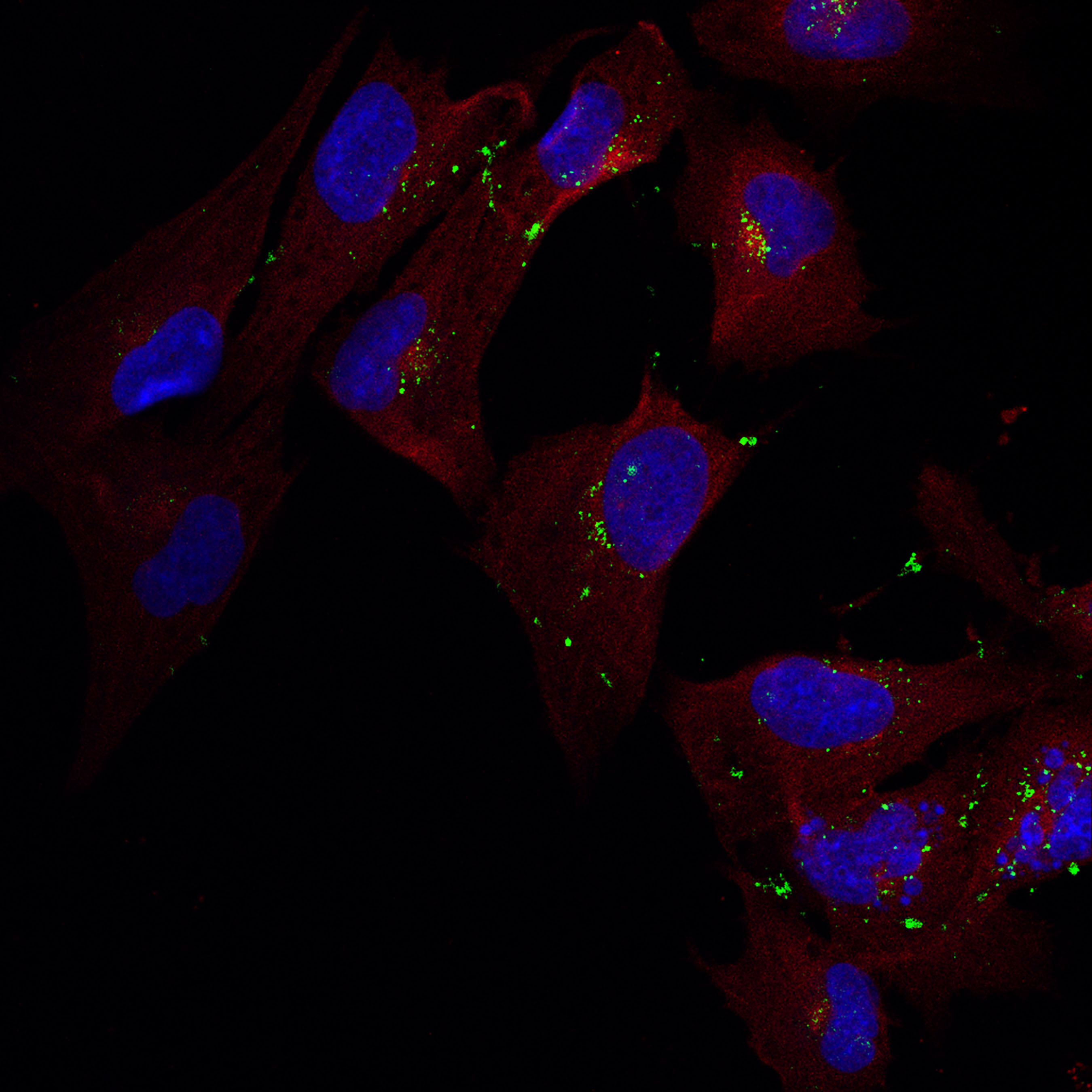
Inspired by the need for new and better therapies for neurodegenerative diseases, Rutgers University researchers are exploring the link between uncontrolled inflammation within the brain and the brain’s immune cells, known as microglia, which are emerging as a promising cellular target because of the prominent role they play in brain inflammation. In APL Bioengineering, the group highlights the design considerations and benefits of creating therapeutic nanoparticles for carrying pharmacological factors directly to the sites of the microglia.
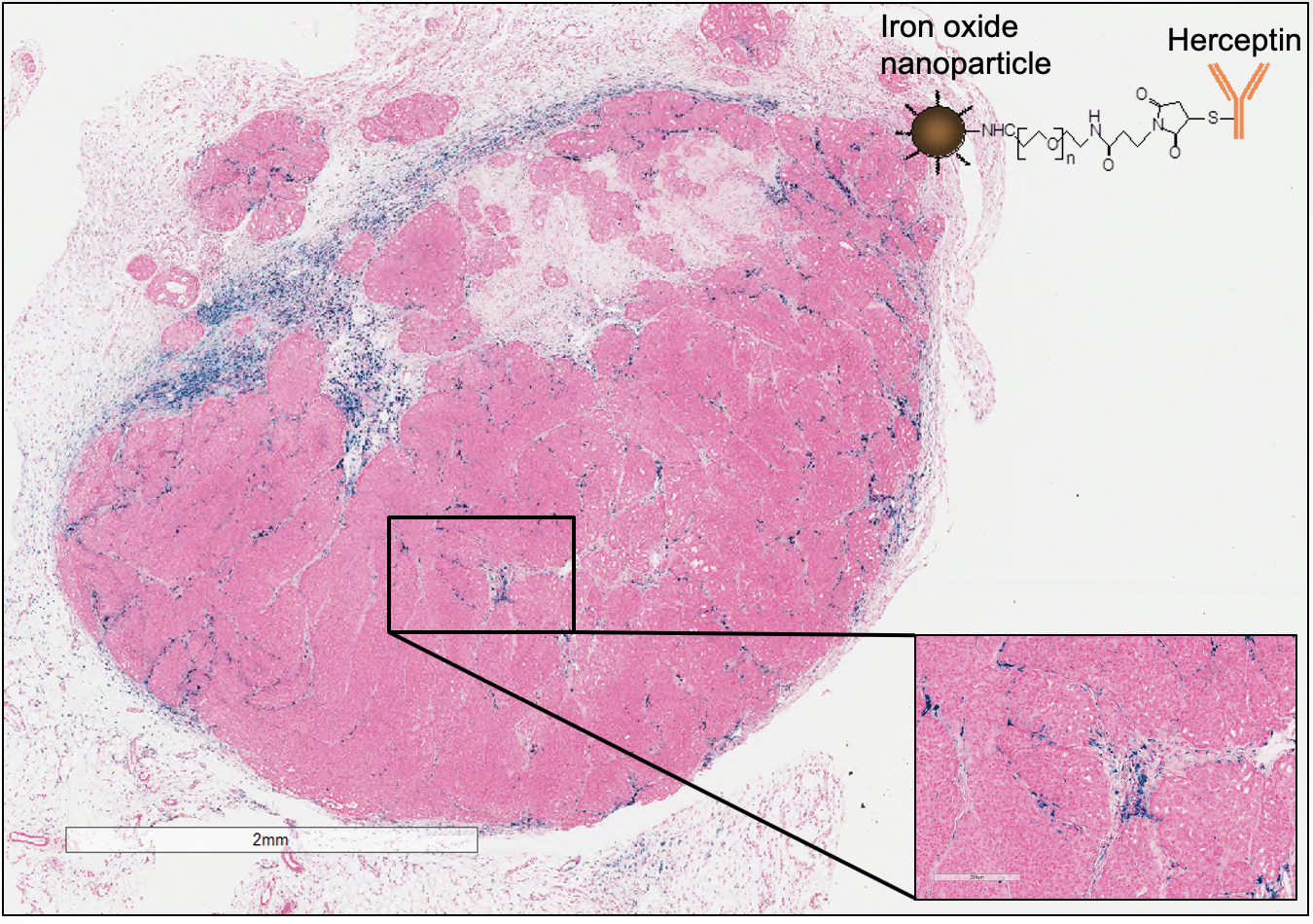
Researchers in the cancer nanomedicine community debate whether use of tiny structures, called nanoparticles, can best deliver drug therapy to tumors passively — allowing the nanoparticles to diffuse into tumors and become held in place, or actively — adding a targeted anti-cancer molecule to bind to specific cancer cell receptors and, in theory, keep the nanoparticle in the tumor longer. Now, new research on human and mouse tumors in mice by investigators at the Johns Hopkins Kimmel Cancer Center suggests the question is even more complicated.
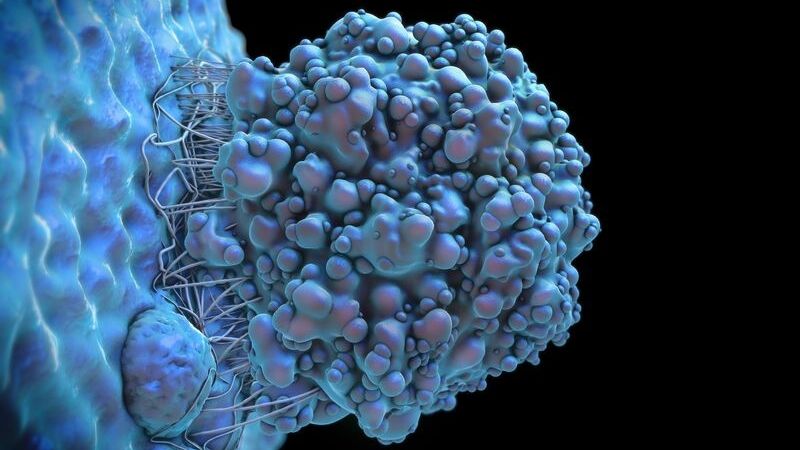
Johns Hopkins researchers report that a type of biodegradable, lab-engineered nanoparticle they fashioned can successfully deliver a “suicide gene” to pediatric brain tumor cells implanted in the brains of mice. The poly(beta-amino ester) nanoparticles, known as PBAEs, were part of a treatment that also used a drug to kill the cells and prolong the test animals’ survival.

Houston Methodist researchers are studying Italian sports car maker Automobili Lamborghini’s carbon fiber materials in space.